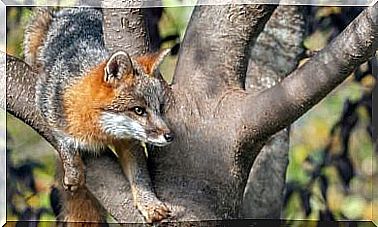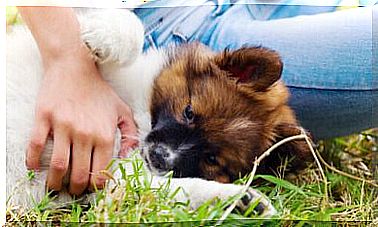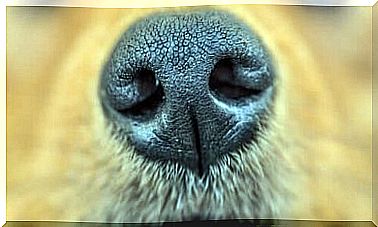Do You Know The Lucky Cat Or Maneki-neko?
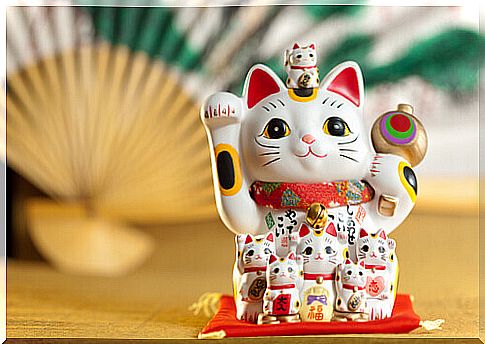
Certainly, if you’ve ever traveled to Japan or China, you’ve seen figurines of cats with their front paws raised, moving them up and down, in many stores. And if you’ve been to any Chinese bazaar, you’ve probably seen it too.
The Maneki-neko is known to attract good luck, which makes it extremely common in all types of institutions linked directly or indirectly to Chinese culture.
How Maneki-neko came about
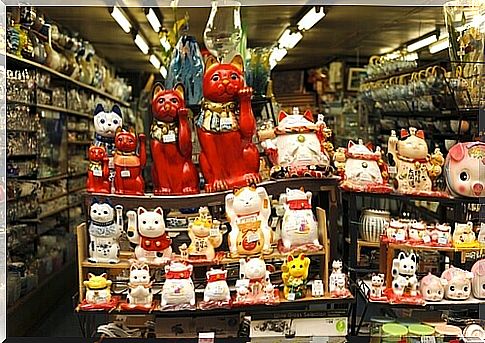
Maneki-neko literally means “ cat that attracts” comes from the union of the words maneki (bring, invite) and neko (cat). It is commonly known as a lucky cat or a welcoming cat.
The origin of this figure is uncertain, although it is believed that they appeared in Japan, in what was known as the Edo period, which ranges from the 17th to the 19th century.
As for why they started to manufacture these cats, there are two legends that may contribute to explain the statue’s existence and the reason for its good fortune.
The first of these legends tells the story of a rich man who went to protect himself from the rain under a tree near a temple. It was then that he saw a cat inside the temple, which seemed to be calling him.
When the man went to answer the “call” of the cat, lightning fell on the tree under which the man, until previous moments, had protected himself from the rain, and for just a few seconds he was freed from death.
In this way, the cat saved man’s life, and so the man became a benefactor of the temple. When this man died, the monks asked to erect a statue of a cat in the temple.
The second legend tells the story of a geisha who had a cat. The geisha worshiped the animal and always had it with her. One day, when she was wearing her kimono, the cat scratched the woman’s dress.
The owner of the brothel where the geisha worked, convinced that the cat was possessed, drew his sword and killed the animal. Dying, the cat dropped its head onto a snake that was about to bite the geisha, thus saving its life.
Seeing the disappointment that was for the geisha what had happened, one of her customers gave her, to comfort her, the image of a cat.
What colors can Maneki-neko have?
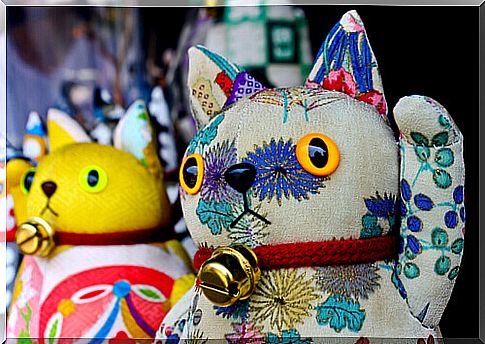
Maneki-neko can have different colors, which have different meanings, although the most common, in China, is the white color, which symbolizes purity and makes the cat a carrier of happiness.
Other common colors of this statue are:
- Gold: This is the most common color of the lucky cat in the world. Symbolizes wealth and future prosperity.
- Red: serves to protect against bad vibrations and evil in general. Furthermore, it is considered to be of great help in overcoming illnesses or even not contracting them.
- Pink: attracts love, improves relationships and helps you get in harmony with the people around you.
- Tricolor: Three-color version of the cat, which serves to attract good luck and prosperity in business.
Are lucky cats always the same?
Often these amulets carry an accessory that also has a certain meaning. For example, he can carry a Koban, that is, an old Japanese coin. Koban is a good luck talisman.
However, the statue also carries a small hammer that symbolizes wealth. If she moves that hammer, or if she wears a jewel, then it means she will attract riches.
She can also carry a Japanese carp, which is a symbol of wealth and good luck, or a crystal ball, which symbolizes the wisdom she will give to its owner.
Right-handed or left-handed?
Maneki-neko can have either of the two legs raised, according to her, it can mean one thing or another.
If he has his left paw raised, the cat serves as a talisman to attract customers, but if he has his right paw, it becomes an amulet to get money and good luck. In rare cases, you can see both legs raised, which makes it a protective amulet.

